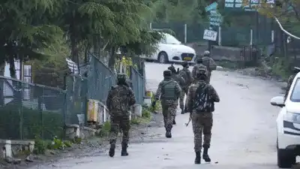Overview of Cyclone Remal
The onset of Cyclone ‘Remal’ marks a critical climatic occurrence, being the inaugural intense cyclonic disturbance of the season. Originating in the Bay of Bengal, the cyclone is escalating in strength, posing a significant threat to the coastal territories of Bangladesh and West Bengal with its powerful gusts.

Catastrophic Consequences
Cyclone Remal has wrought havoc, claiming lives and inflicting severe destruction. Upon its arrival onshore, the cyclone’s winds escalated to speeds of 110-120 km/h, with gusts surging to 135 km/h. The calamity has led to the demise of 16 individuals in both Bangladesh and India, with widespread injuries and electrical disruptions, especially pronounced in West Bengal.
Tragedy and Destruction
In the town of Dhekiajuli, located in the Sonitpur district, a sorrowful event unfolded as a tree toppled onto a school bus, resulting in injuries to twelve students. Moreover, storm-induced mishaps have culminated in the loss of four lives due to incidents such as structural collapses and electrocution.
Unprecedented Precipitation
The state of Tripura, situated in India’s northeast, recorded its most substantial rainfall in over six decades, showcasing Cyclone Remal’s extensive reach that extends well beyond the immediate littoral zones. The extraordinary rainfall has precipitated floods, posing additional hurdles for the populace therein.
Relief and Rehabilitation Measures
Efforts for rescue and rehabilitation are in full swing, with the National Disaster Response Force (NDRF) at the forefront, diligently working to remove fallen trees and electrical poles, and to assist those stranded in inundated locales. The NDRF’s role has been pivotal in clearing pathways and supporting other entities in reinstating order following Cyclone Remal’s passage.
Reflection and Future Vigilance
The occurrence of Cyclone Remal underscores the formidable force of the natural world and underscores the critical need for readiness. With the potential shift in climatic patterns, such phenomena may become more routine, underscoring the need for solid frameworks for disaster response to lessen the toll on human lives and assets.










